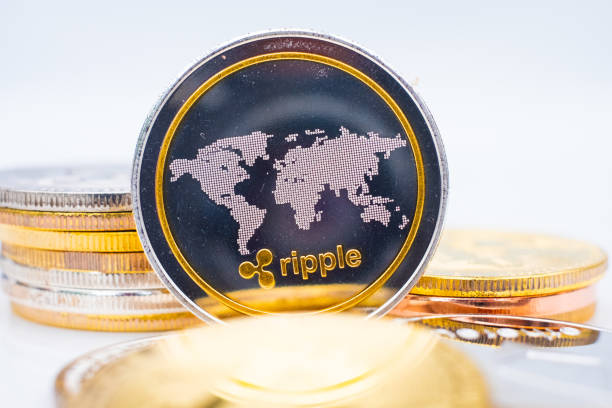In the ever-evolving landscape of digital finance, Ripple and its native cryptocurrency, XRP, have resurfaced as hot topics among industry experts. These discussions probe whether XRP is genuinely a transformative force in financial technology or merely a digital reflection of existing banking systems. As increasing scrutiny envelops cryptocurrency’s role in global finance, XRP continues to assert its influence, particularly in the realm of cross-border transactions.
Ripple’s Potential: Innovation or Echo of Traditional Banking?
Recent insights from Xaif Crypto, shared on the X platform, shed light on Canadian entrepreneur and author Jeff Booth’s perspective regarding XRP. Booth, renowned for his book ‘The Price of Tomorrow,’ argues that XRP may be mirroring age-old banking frameworks rather than revolutionizing them. He elaborates that the longstanding banking model, which revolves around money creation through lending and interest, is being replicated within blockchain technologies. This paradigm, he suggests, could limit the transformative promise of decentralization and blockchain by constraining it within traditional government and banking frameworks.
Booth’s critique extends to a broader conversation about the intent and execution of cryptocurrency initiatives. While many participants aim to innovate, aligning blockchain technology too closely with conventional banking philosophies may undermine efforts to address financial inequalities. Booth posits that without fundamentally altering the underlying financial structure, XRP may simply modernize rather than revolutionize the banking industry.
Positioning XRP as the Pillar of the Digital Economy
Offering a counterpoint, crypto analyst Pumpius, also on X, revisits remarks by Ripple CEO Brad Garlinghouse. Garlinghouse has championed the potential of XRP and Bitcoin to transcend the value associated with traditional assets like gold and diamonds. Pumpius emphasizes that XRP is designed as “programmable money” with global settlement functionalities, distinguishing itself from gold’s historical role as a value store and diamonds’ dependence on scarcity.
Pumpius argues that XRP is not just a speculative commodity but serves as a foundational element for the burgeoning digital economy. Its capacity for rapid, programmable transactions positions it as a central component in the future of trade, settlements, and digital identity verification. This perspective suggests that XRP could underpin a new financial order, challenging traditional assets with its integration into the global financial infrastructure.
Is XRP shaping the future of cross-border payments?
XRP is significantly impacting cross-border payments by offering faster transaction times and lower costs compared to traditional banking systems. Its blockchain technology allows for efficient settlements, making it a viable option for international financial transactions.
How does XRP differ from Bitcoin?
While both XRP and Bitcoin are cryptocurrencies, their purposes and functions differ. Bitcoin primarily serves as a decentralized digital currency and store of value. In contrast, XRP is designed for quick and cost-effective cross-border payments and is positioned as part of an integrated financial network.
What challenges does XRP face in revolutionizing traditional banking?
XRP’s efforts to transform banking are met with challenges such as regulatory scrutiny, integration with existing financial systems, and overcoming perceptions of being an extension of traditional banking practices. Addressing these issues is crucial for its adoption as a transformative financial technology.
By examining XRP’s dual role as both a potential innovator and a replication of existing systems, this guide delves into its technological foundation, market prospects, and the broader implications for investors and the financial industry. The FAQs provide additional insights to assist readers in making well-informed decisions about engaging with XRP.

